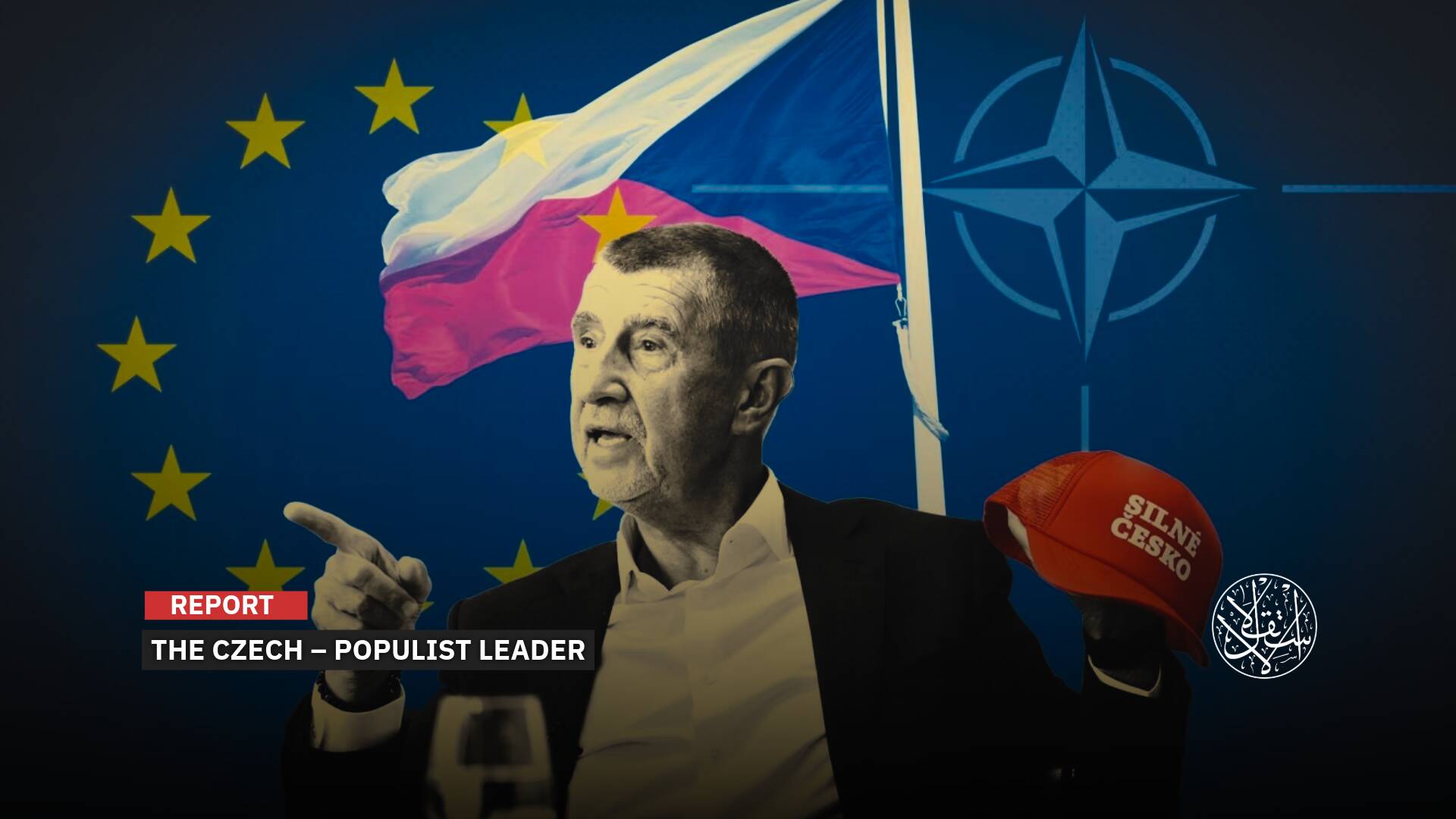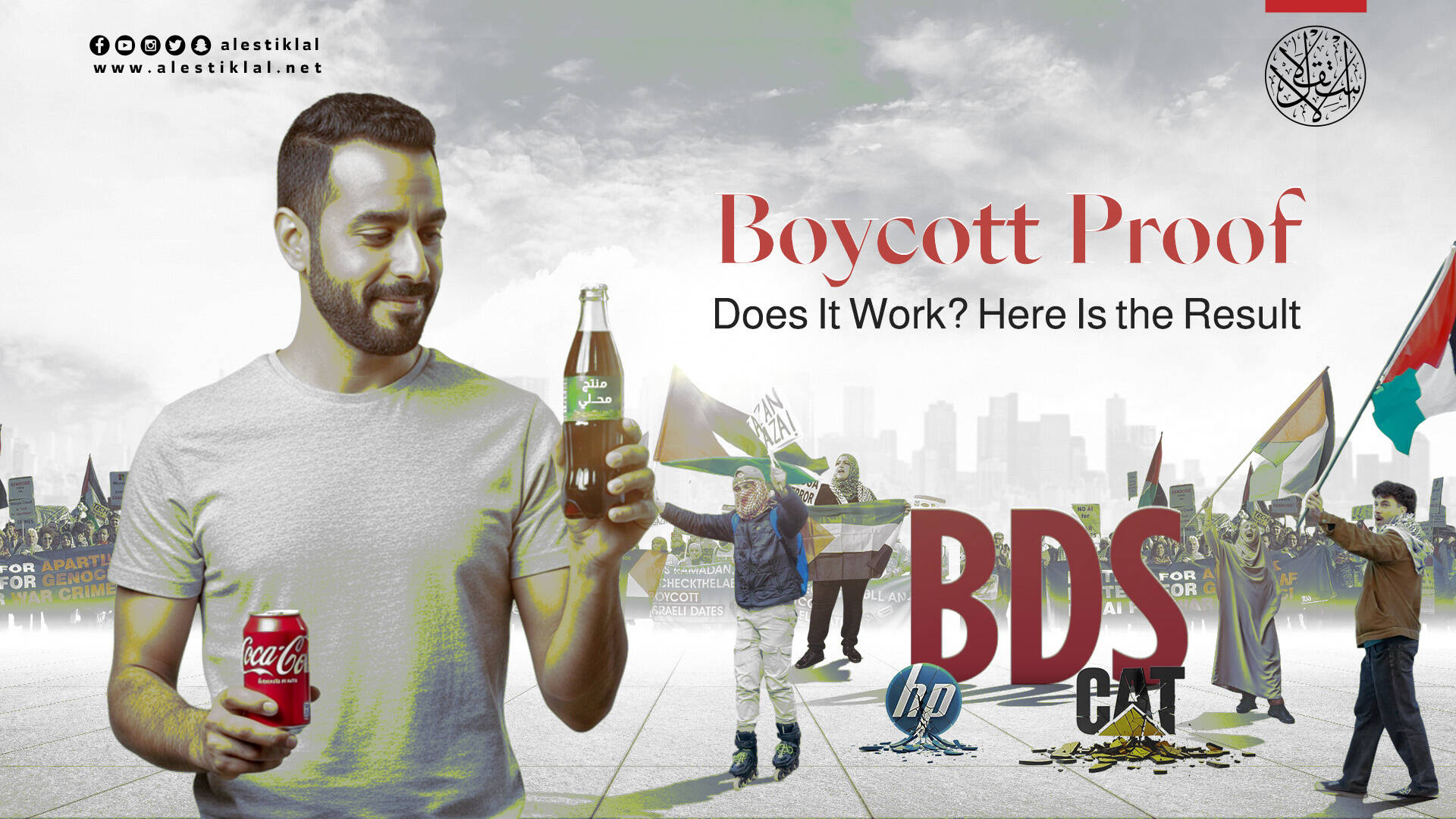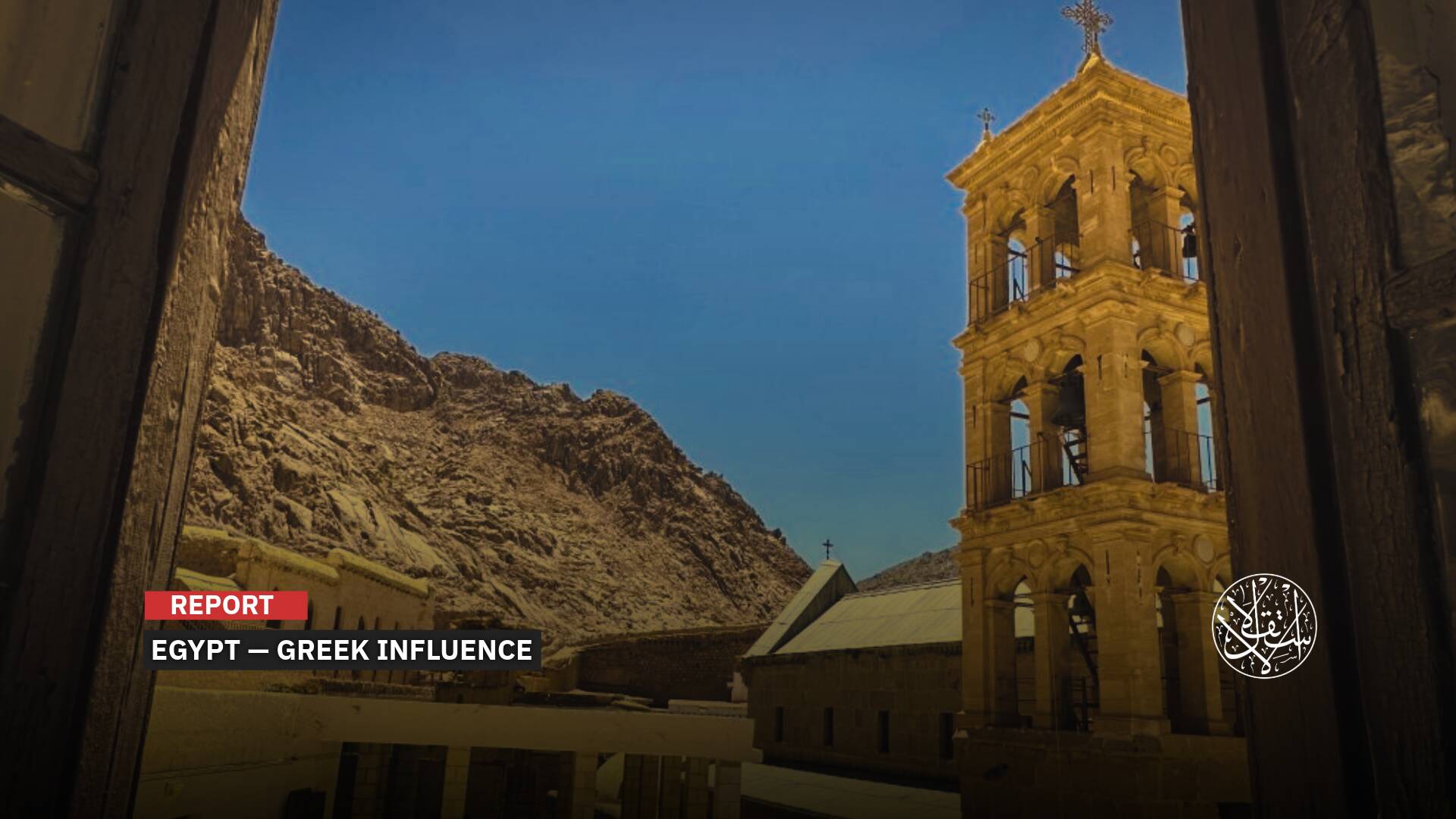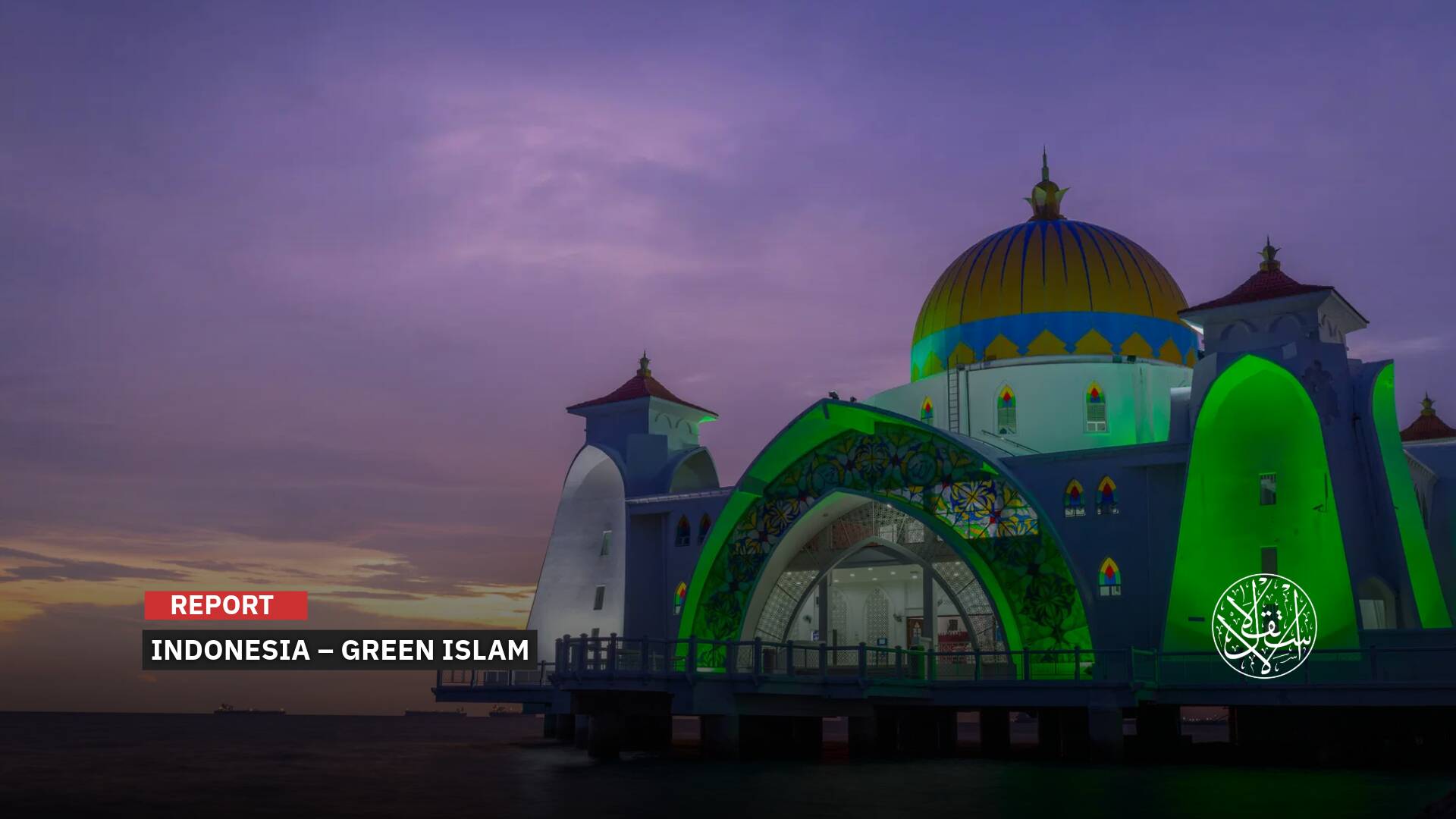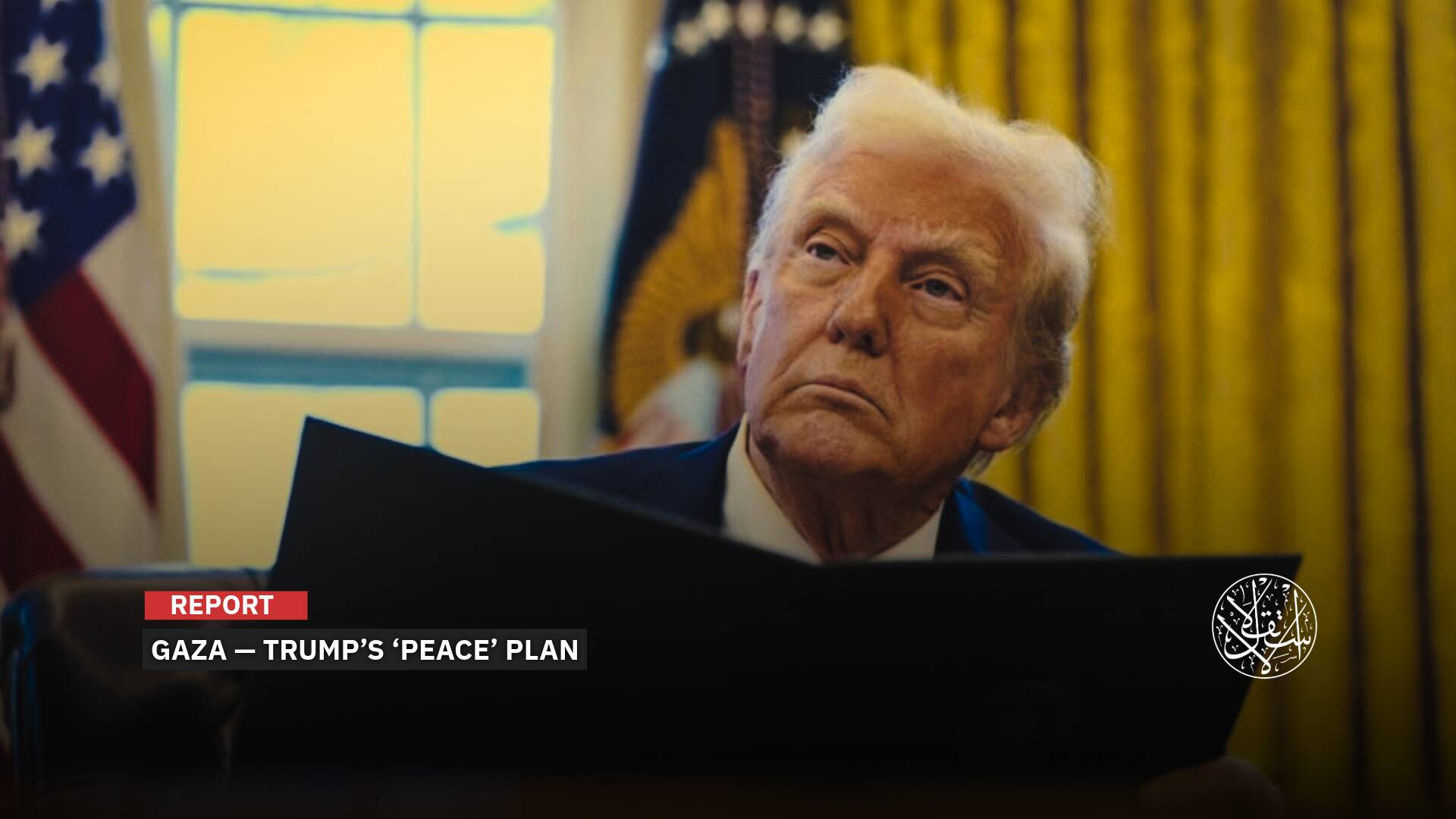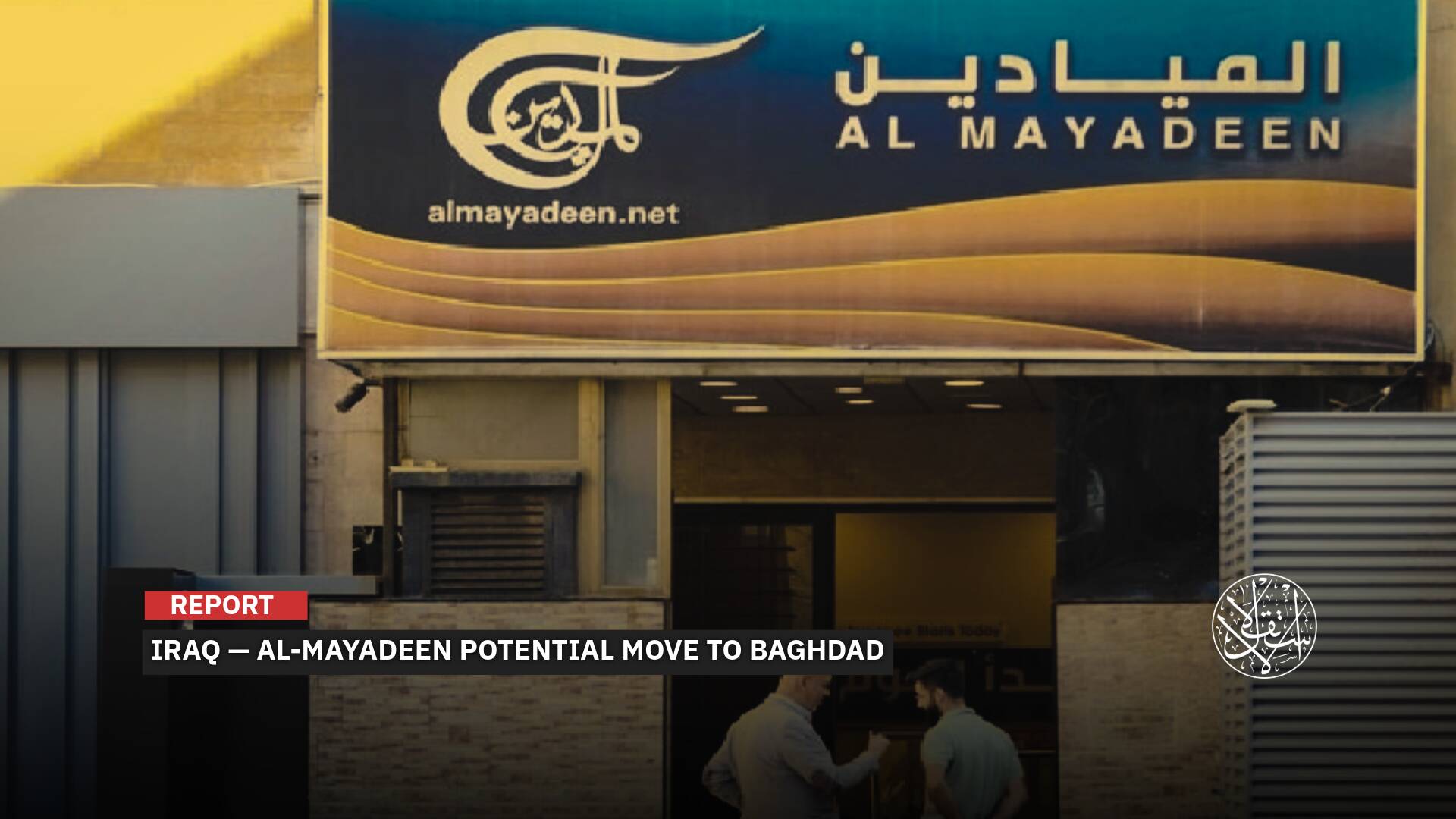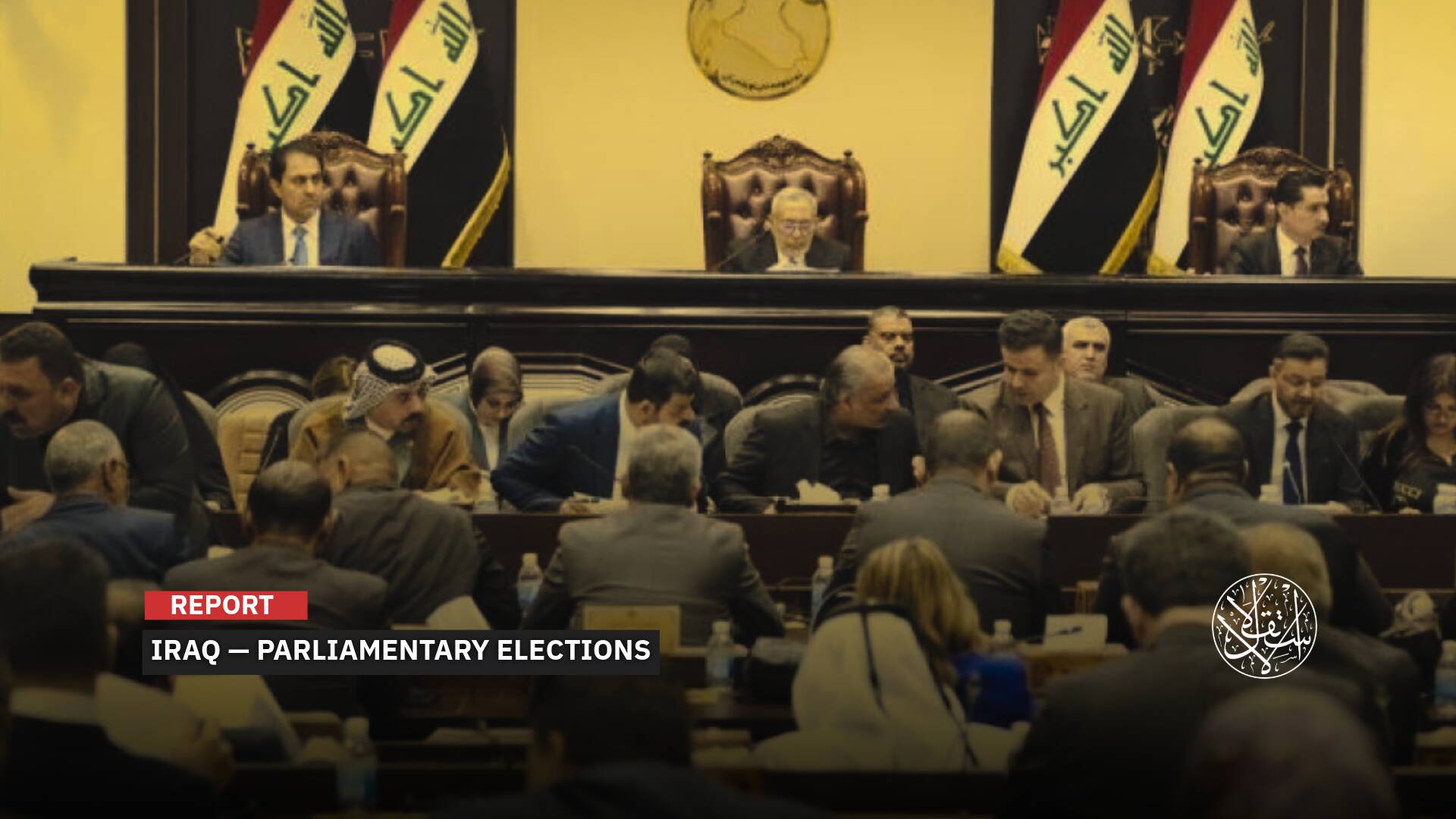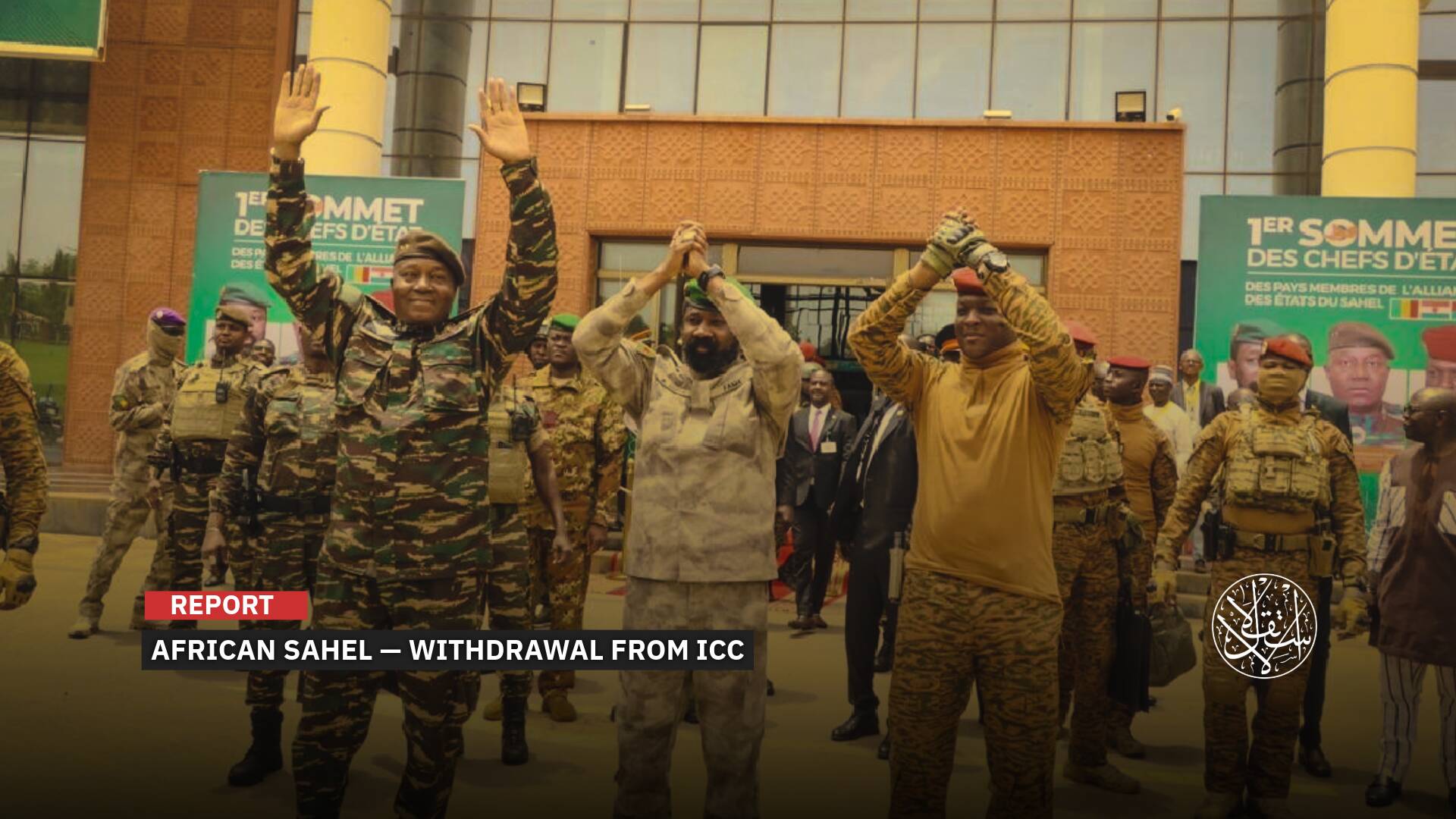Will Escalation in Lebanon Decrease the Pace of the War in Gaza?

If Hezbollah loses its footing in Lebanon, the Israeli occupation could gain the upper hand in Gaza.
Over the past week, tensions have escalated sharply along the Lebanese-Israeli frontier, with the specter of a broader conflict looming after the Israeli occupation's military violated long-standing rules of engagement.
The recent surge in hostilities stems from a series of explosive incidents involving wireless communications and the targeted assault on Hezbollah's elite Radwan unit.
This pivotal arm of Hezbollah, often the first line of defense, has been forced to react with an intensity not seen in years, though it has maintained a policy of restraint, aiming to avoid all-out war.
Support Front
The Israeli occupation’s latest military moves appear to be a direct response to Hezbollah’s involvement as a “support front” for Gaza-based resistance fighters.
Hezbollah's actions have distracted Israeli forces and put additional pressure on Prime Minister Benjamin Netanyahu’s government, which has struggled to repatriate nearly 100,000 settlers displaced from northern Israel as a result of the escalating skirmishes with Hezbollah.
Despite the increased focus on the northern front, violence in Gaza continues unabated.
In a single day, Israeli airstrikes in Lebanon’s southern regions, suburbs, and the Bekaa Valley resulted in the deaths of roughly 500 Lebanese, marking one of the bloodiest confrontations with Hezbollah in over three decades.
Yet, Gaza remains the epicenter of the conflict, with no signs of de-escalation. This has raised urgent questions about how Israel's intensified engagement with Hezbollah might impact the already volatile situation in Gaza, both militarily and politically.
Israeli military and political leaders have come to view the northern front and Gaza as inseparably linked—two fronts of the same conflict.
Hezbollah's deeper involvement has transformed its role from a mere supporting player to an active participant in the war, though unofficially.
As voices inside the Israeli occupation call for simultaneous action on both fronts, there is growing consensus that resolving the northern conflict with Hezbollah is critical to bringing a swift conclusion to the Gaza campaign.
Netanyahu has made it clear that pressure on Hezbollah—crippling its infrastructure and neutralizing its capabilities—would also weaken the Gaza resistance, potentially speeding up a resolution to the ongoing hostage crisis in southern “Israel”.
Israel’s strategy appears predicated on the belief that Hezbollah’s continued involvement as a support front will only complicate the situation in Gaza and further strain Israeli military resources.
There is a sense among Israeli generals that now is the time to settle old scores with Hezbollah, and perhaps rewrite the rules of engagement that have been in place since the 2006 war.
This calculation is shaped by the relative isolation of regional actors who, despite previous involvement in the Arab-Israeli conflict, are now perceived to be largely disengaged, much as has been seen in Gaza.

Rules of Engagement
Adding to the pressure on Netanyahu’s government, Hezbollah’s persistent presence on “Israel’s” northern frontier has left large areas of northern Israel in limbo.
The ongoing threat has stalled efforts to return displaced residents to their homes, creating a political, economic, and social burden that Netanyahu's government is struggling to address.
Analysts initially suggested that Prime Minister Benjamin Netanyahu would avoid escalating tensions on Israel’s northern front, given the failure to meet key objectives in Gaza and mounting warnings against opening a costly second front.
Over the past year, the Israeli occupation has endured significant losses in its battle with Palestinian resistance forces, further deterring the idea of expanding the conflict.
However, Netanyahu’s government, dominated by the far-right, has disregarded these concerns in pursuit of its political agenda, choosing to escalate the conflict with Hezbollah through intensive, high-level strikes.
Political researcher Tariq Bodyafa says that this decision marks a clear departure from the tacit rules of engagement that have been in place since the 2006 war.
In his interview with Al-Estiklal, Bodyafa said that several factors appear to have emboldened Netanyahu to take this risky step, even as the Gaza war continues without resolution.
First, there is the apparent neutralization of Hezbollah’s regional allies. The Israeli occupation, along with its partners, has exerted diplomatic and economic pressure on countries like Yemen, Iraq, and Syria—key players in Hezbollah’s network of support, along with Iran.
This strategy, Bodyafa adds, seems to have alleviated some of Israel’s strategic concerns, giving Netanyahu the confidence to open a new front against Hezbollah without fear of widespread regional retaliation.
Second, Netanyahu is exploiting Hezbollah’s—and by extension, Iran’s—commitment to a policy of non-escalation. Israel appears well aware that neither Hezbollah nor Tehran is eager to enter into a full-scale war that could undermine two decades of strategic gains.
“Confident that its adversaries will refrain from crossing established red lines, the Israeli occupation has ramped up its operations, believing that Hezbollah will absorb the blows rather than escalate the conflict to a point of no return,” Bodyafa noted.
Finally, unwavering American support has provided the Israeli occupation with a crucial safety net.
The U.S. has reinforced its commitment to the Israeli occupation’s defense, dispatching its largest warships to the region and placing its Middle Eastern military bases on high alert.
This backing, which includes economic and military assurances, has allowed Israel to escalate without worrying about potential gaps in its own resources or the financial costs of a protracted conflict.
These factors combined have seemingly reassured Netanyahu that Israel can pursue its military objectives in the north with minimal risk, despite the ongoing war in Gaza and the broader regional implications of a two-front conflict.
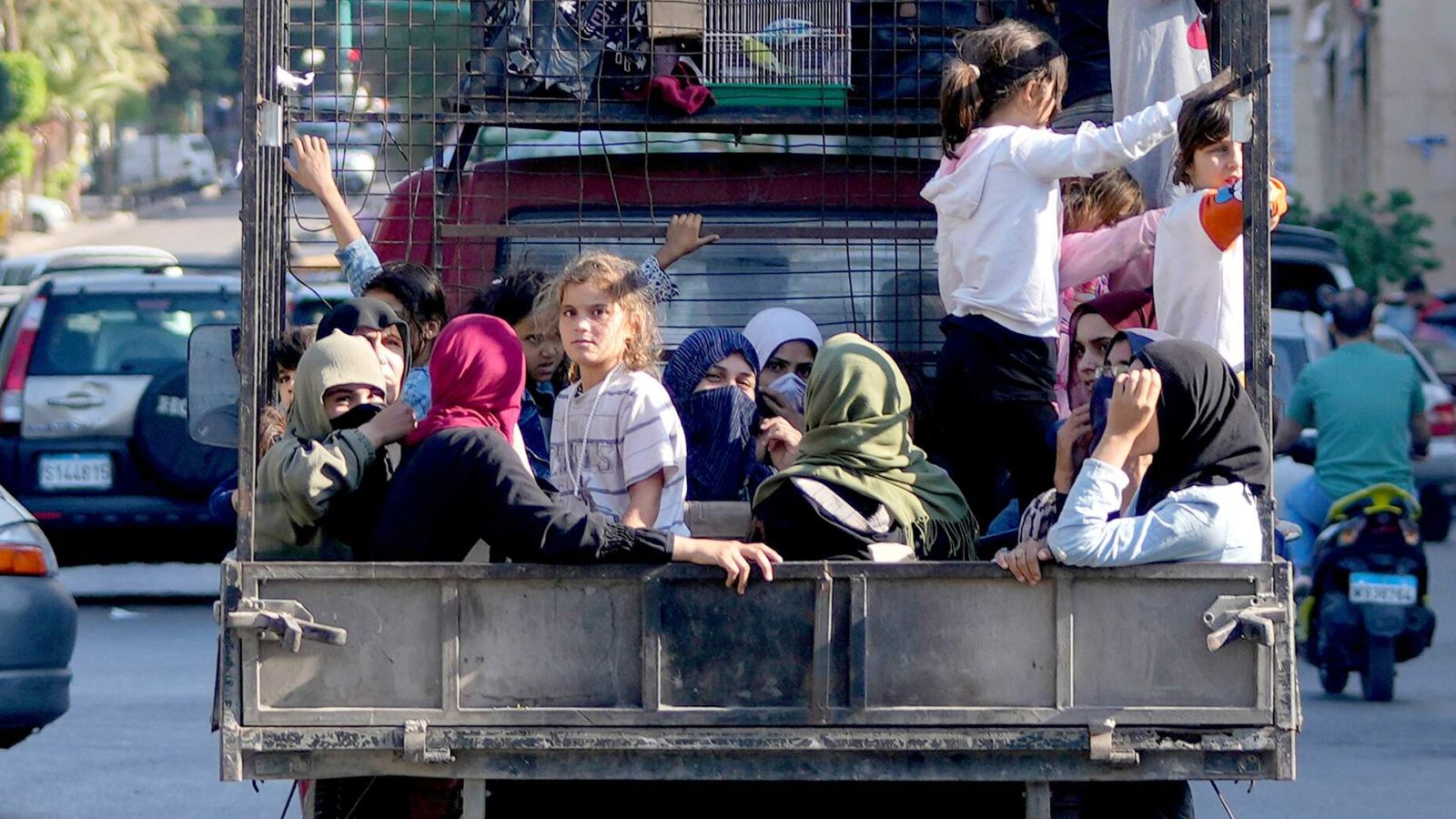
Complex Scenarios
The Israeli occupation has sought to balance its military efforts between the northern and southern fronts, with the bulk of heavy operations in Gaza nearing completion.
This has allowed it to shift some forces to the north without significantly weakening its presence in the Gaza Strip, where the Israeli military remains engaged in intense operations.
In the past 24 hours alone, three separate attacks in Gaza have resulted in 24 deaths and over 60 injuries, adding to the staggering toll of 41,455 Palestinians killed and 95,878 wounded since the Israeli aggression on Gaza began.
The impact of the escalating conflict with Hezbollah in Lebanon on the battle in Gaza hinges on two possible scenarios, both shaped by Hezbollah’s actions.
“In the first scenario, the Israeli occupation could achieve its objectives in the north, undermining Hezbollah’s capabilities, disrupting its strategic calculations, and neutralizing its influence after two decades of military gains,” Bodyafa said.
According to him, a successful campaign against Hezbollah would grant Netanyahu’s government a symbolic victory, bolstering “Israel’s” broader strategic posture in the region.
This outcome could also push Hezbollah into a defensive position, forcing it to retreat from its role as a support front for the resistance in Gaza.
A further Israeli escalation, potentially involving a ground invasion of southern Lebanon or even Beirut, would place Hezbollah in a precarious situation, limiting its ability to assist Gaza.
For Gaza, the loss of Hezbollah as a northern ally would undeniably relieve some pressure on the Israeli occupation, allowing it to concentrate on the southern front. While this may seem like a devastating blow to the resistance, the reality may not be as dire.
“For months, Palestinian resistance forces have been utilizing sophisticated operational strategies, relying less on manpower and more on tactics designed for long-term attrition,” Bodyafa mentioned.
“In this scenario, they may continue to adapt, drawing on flexible approaches to prolong the conflict, which would favor those capable of enduring the sustained pressure of a protracted war,” he noted.
The second scenario envisions Hezbollah successfully thwarting the Israeli occupation’s plans in the north, challenging its military and political strategies, and gaining the upper hand.
This would require Hezbollah to break away from its more cautious stance, potentially distancing itself from Iranian restrictions, and achieve meaningful victories deep inside Israeli territory.
If this happens, the Israeli government could face a serious domestic crisis, exacerbated by growing pressure from both inside Israel and the international community.
This scenario could become even more impactful if other regional actors, previously neutralized, enter the fray. In such a case, Israel would confront a difficult choice: persist in the escalation at great cost or pull back and revert to the previous rules of engagement.
If the Israeli occupation chooses to de-escalate, this could be seen as a symbolic victory for Hezbollah, which would, in turn, affect the dynamics in Gaza.
A Hezbollah victory would likely deepen Netanyahu’s predicament, increasing calls for a resolution to both conflicts.
This could lead to negotiations, potentially bringing an end to the war in Gaza as part of a broader effort to quell hostilities on all fronts.
However, if the Israeli occupation remains mired in a costly war of attrition, its ability to maintain prolonged military engagements in both Gaza and the north could be severely compromised.
Ultimately, Hezbollah holds significant sway over the trajectory of the conflict, as its response will heavily influence Israel’s actions on both fronts.
The coming days will reveal the extent to which Hezbollah is willing to engage, and these developments will shape not just the immediate battles, but the broader regional landscape in the months ahead.


